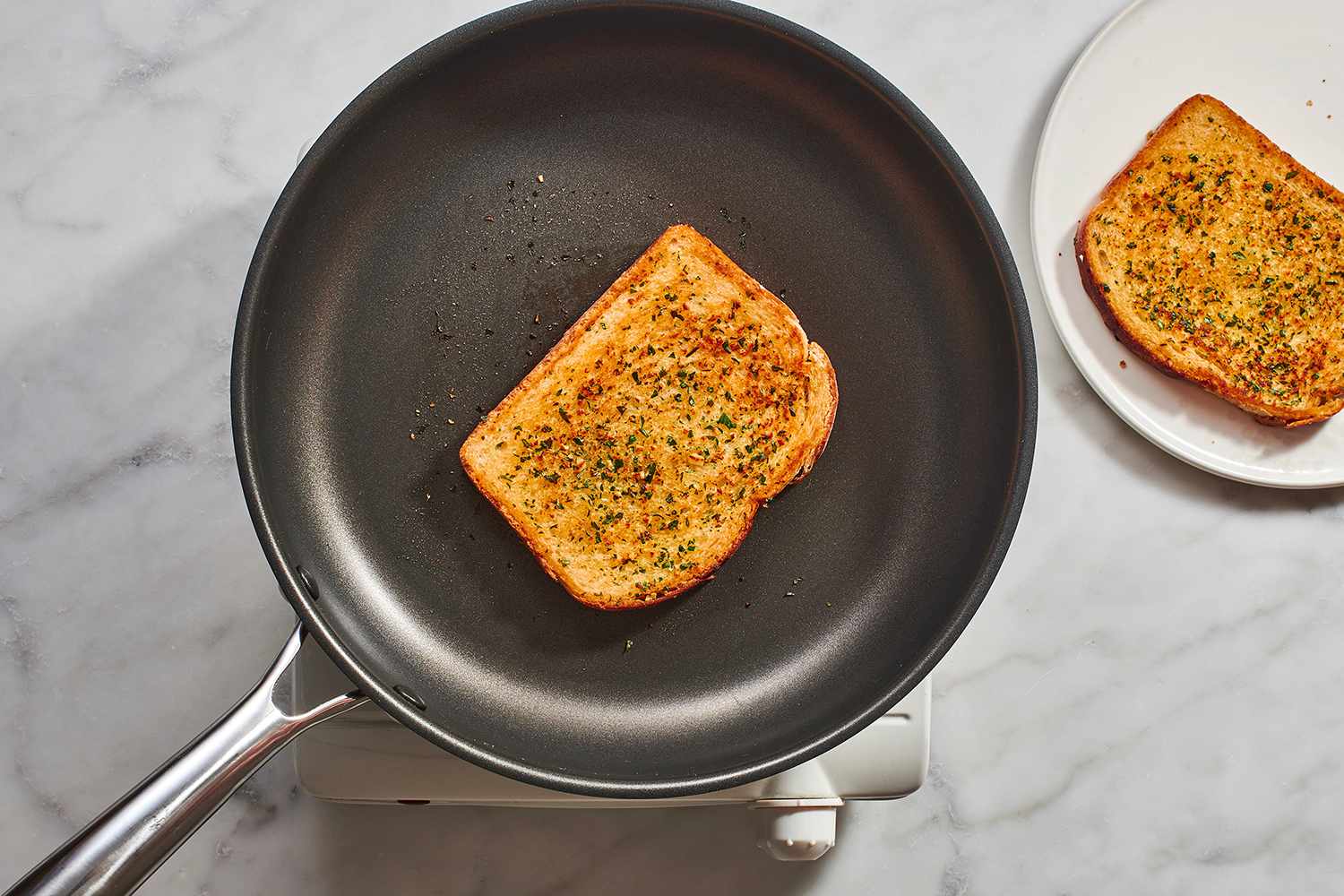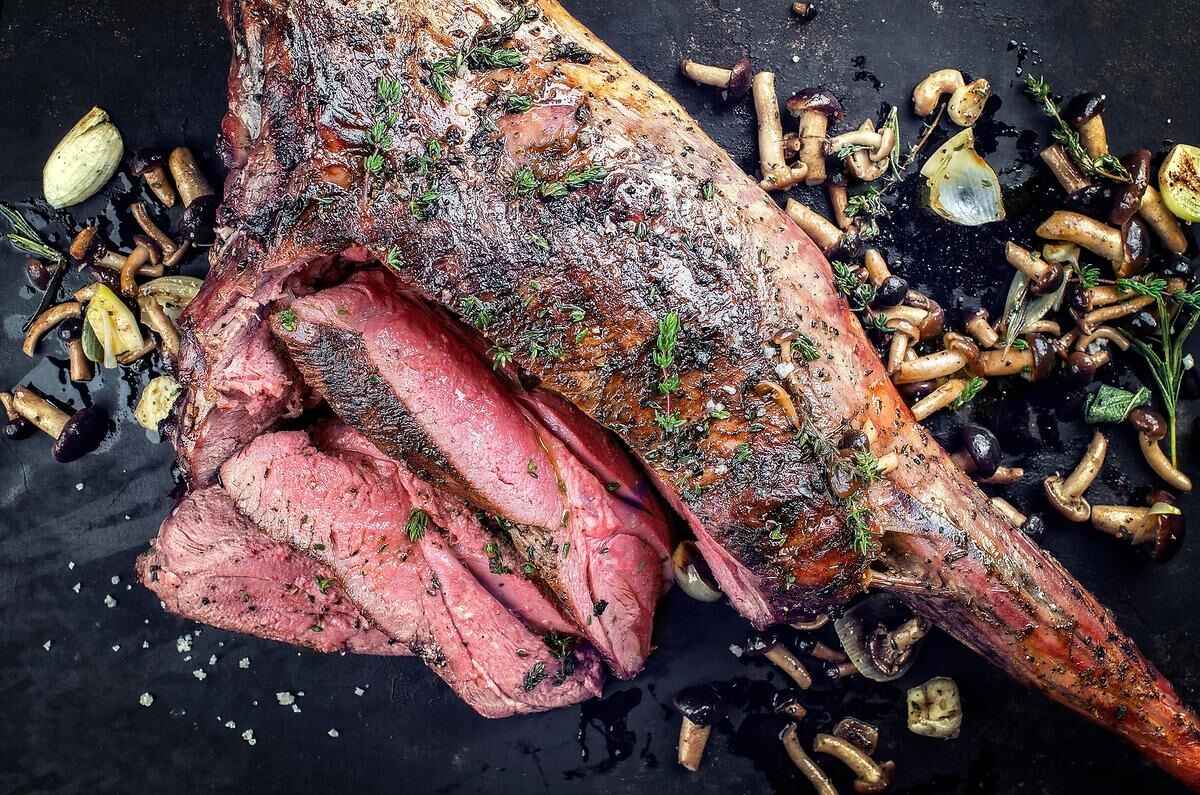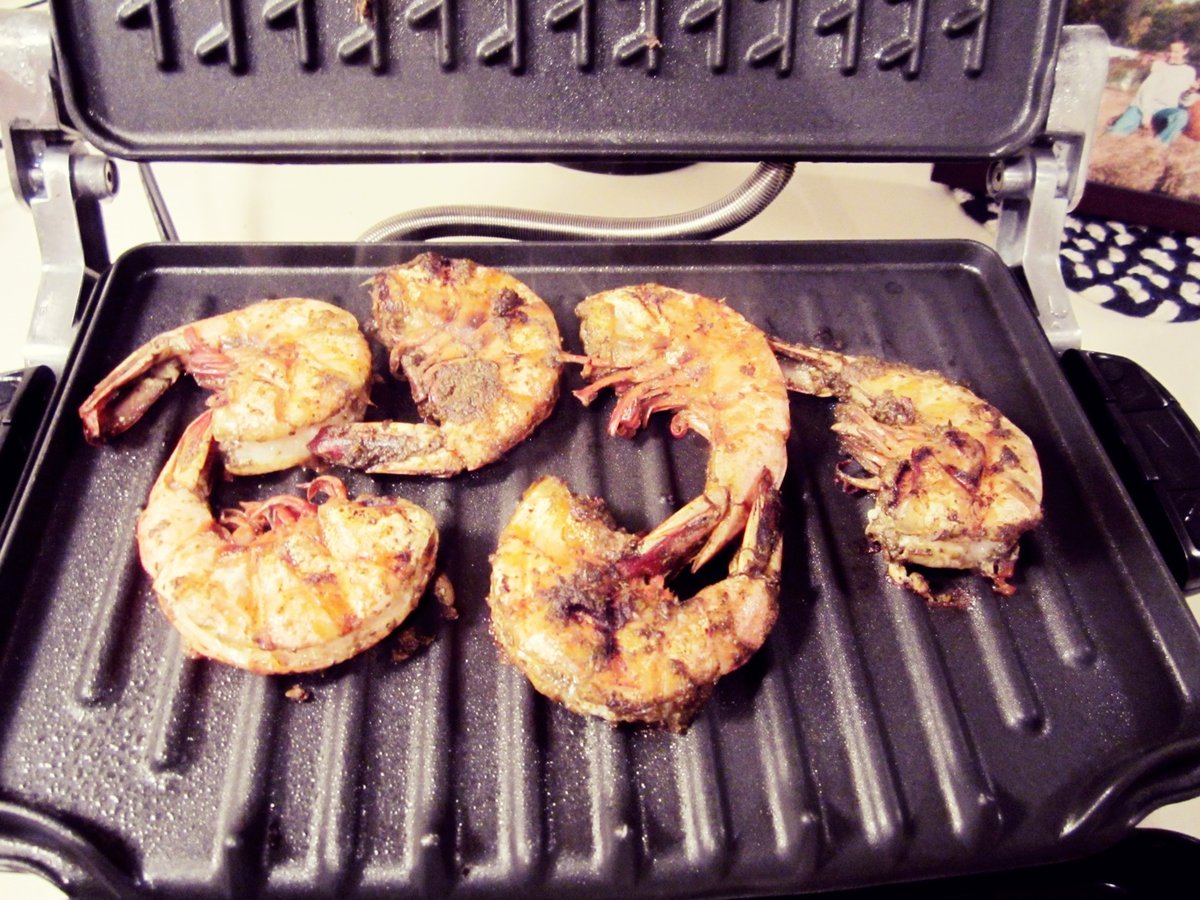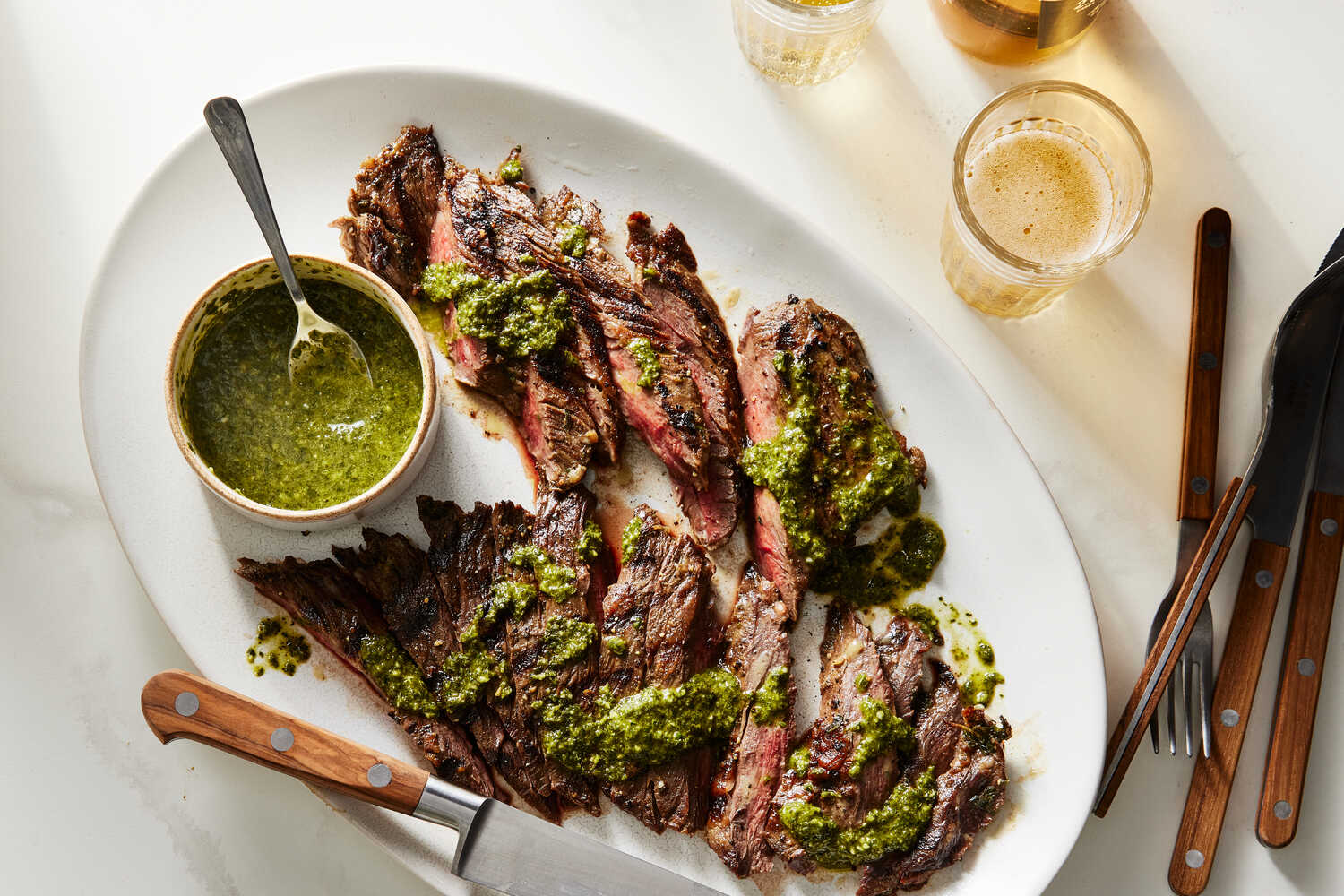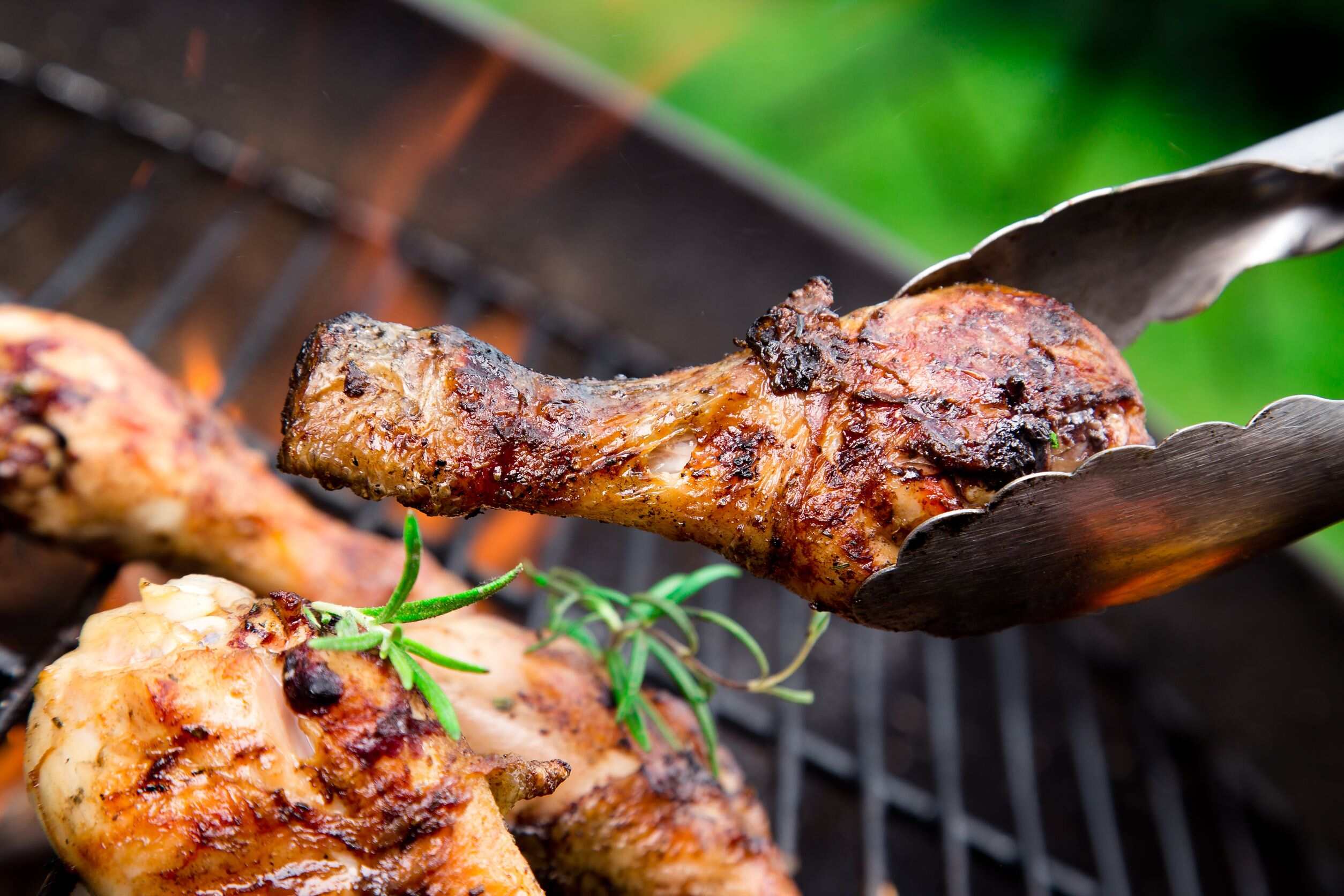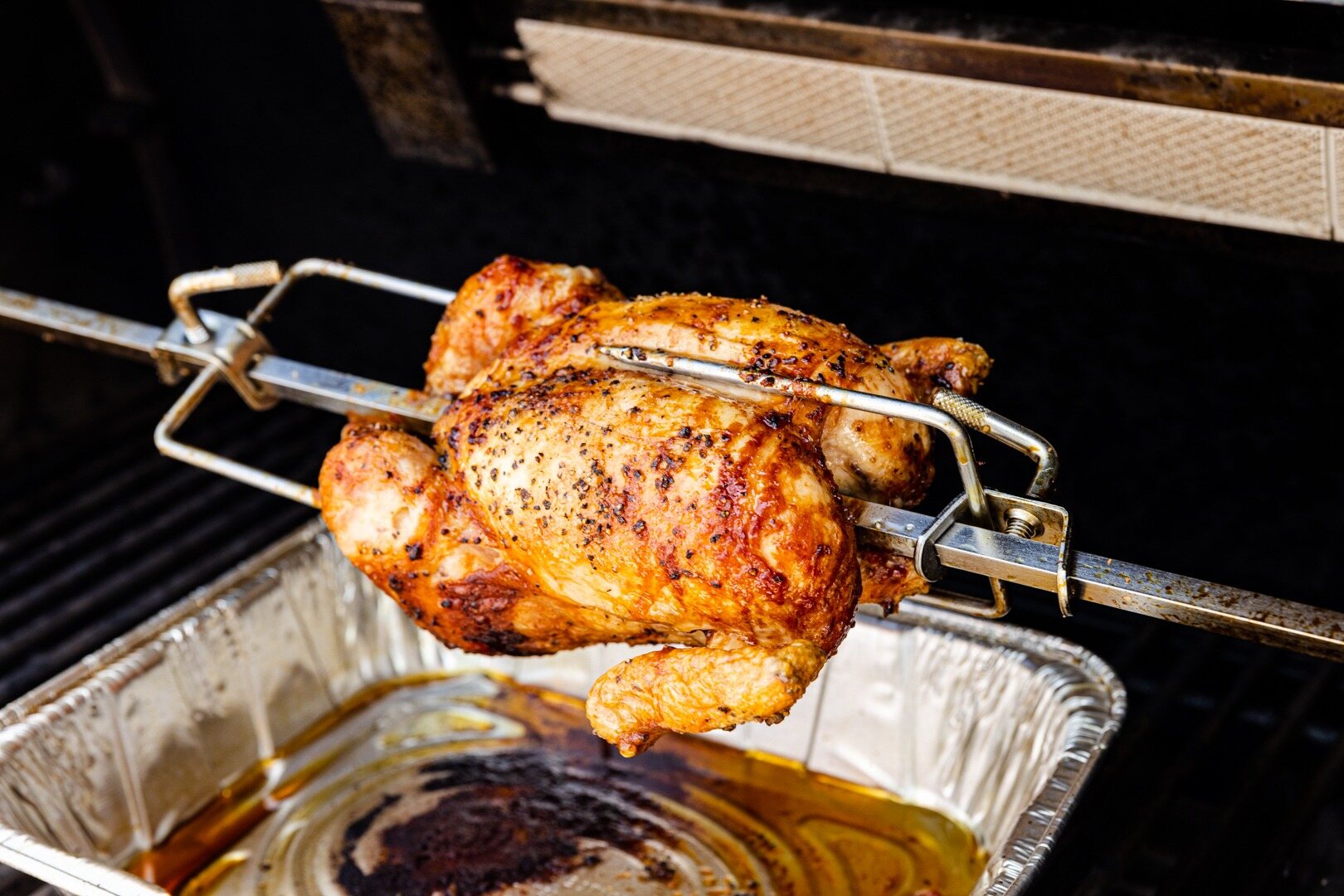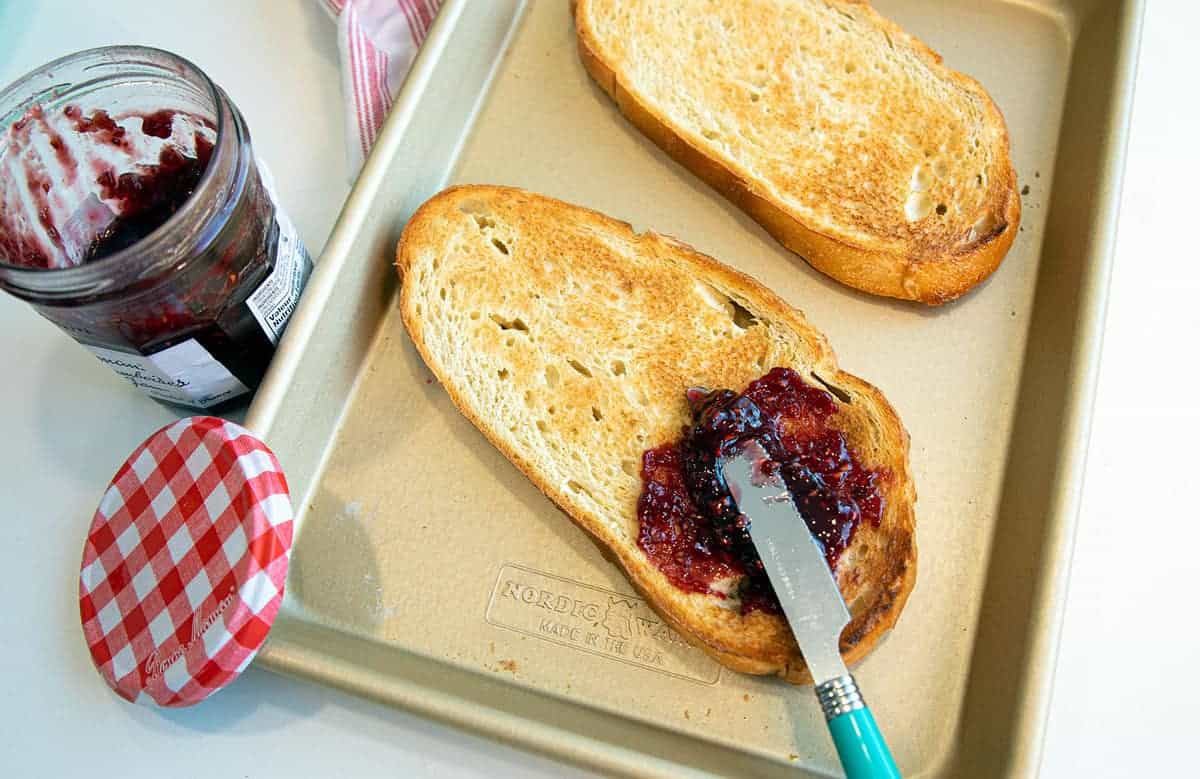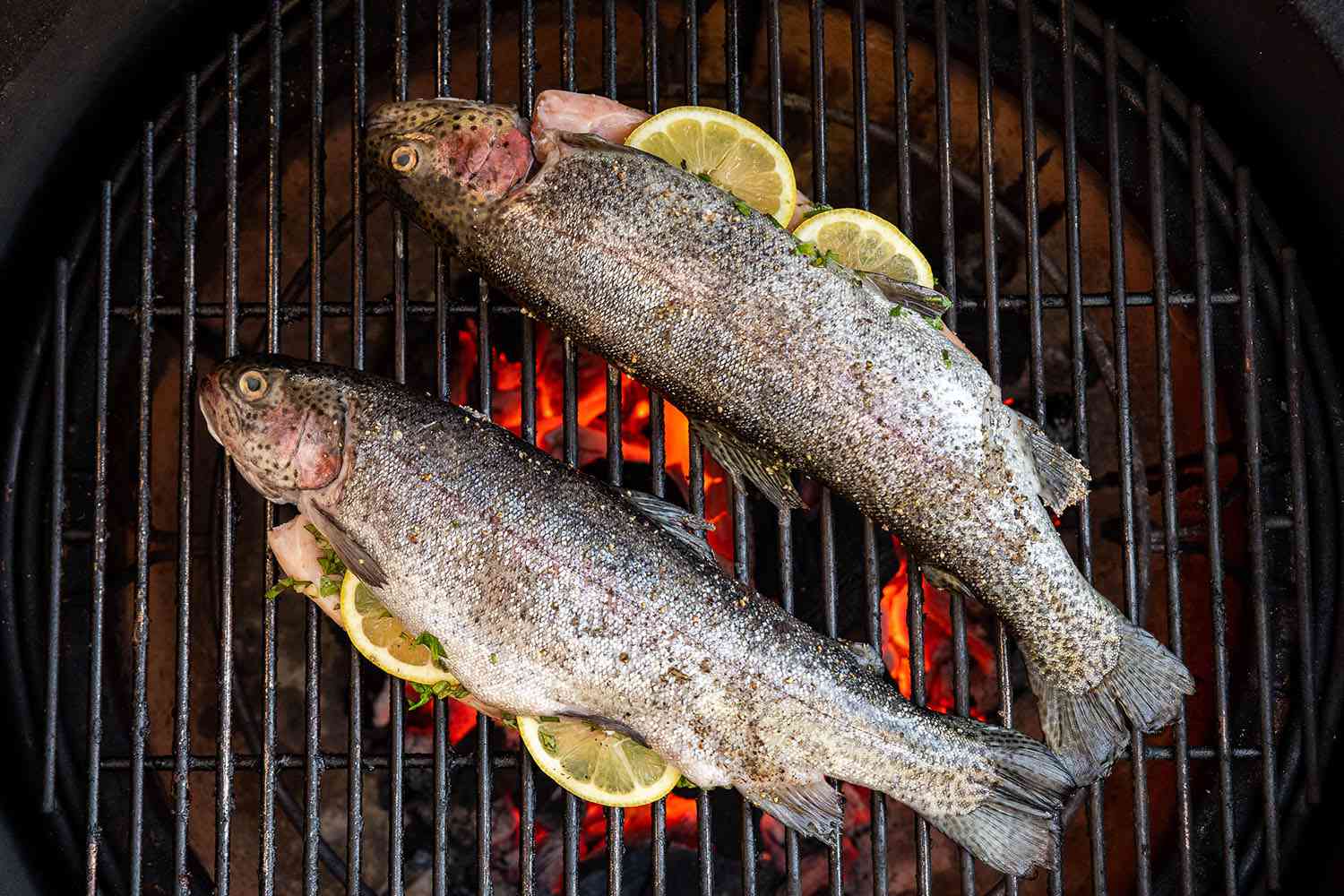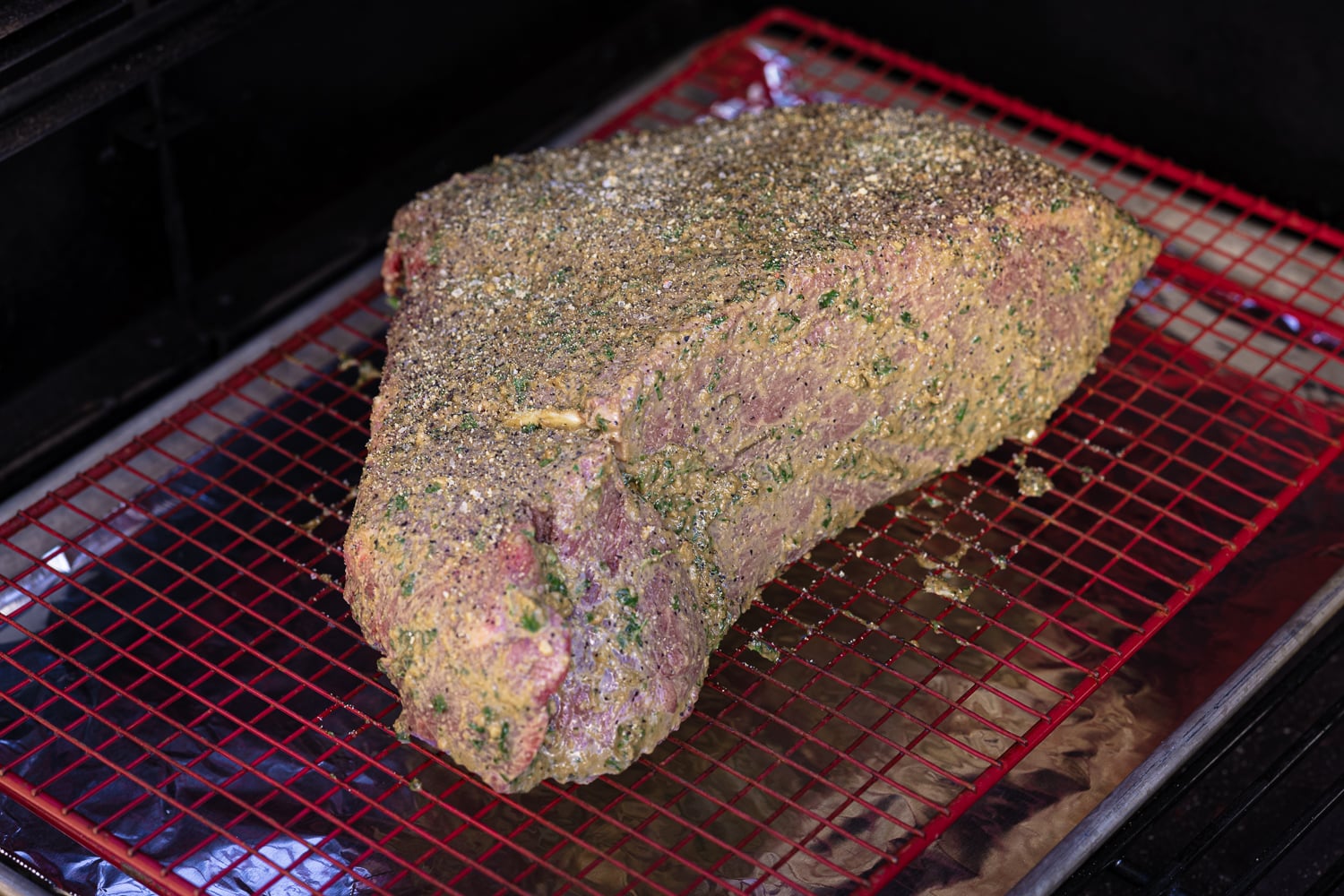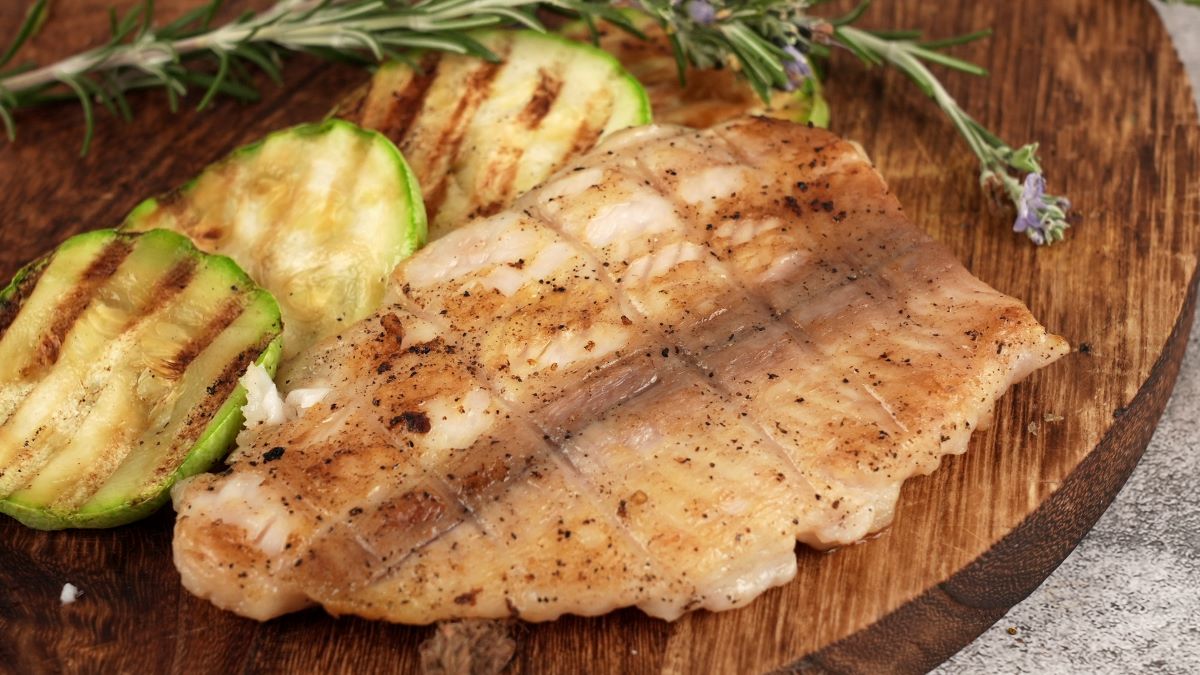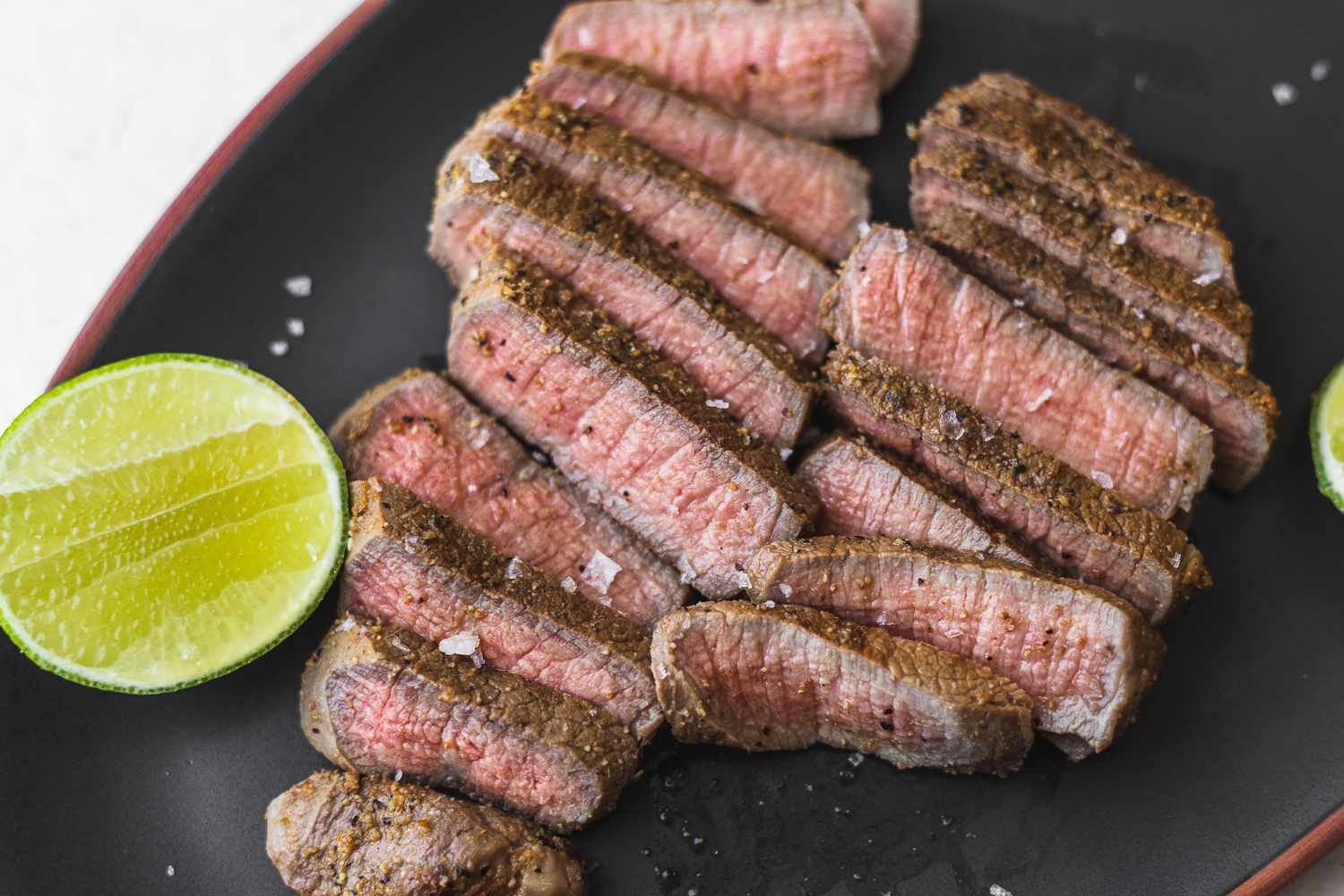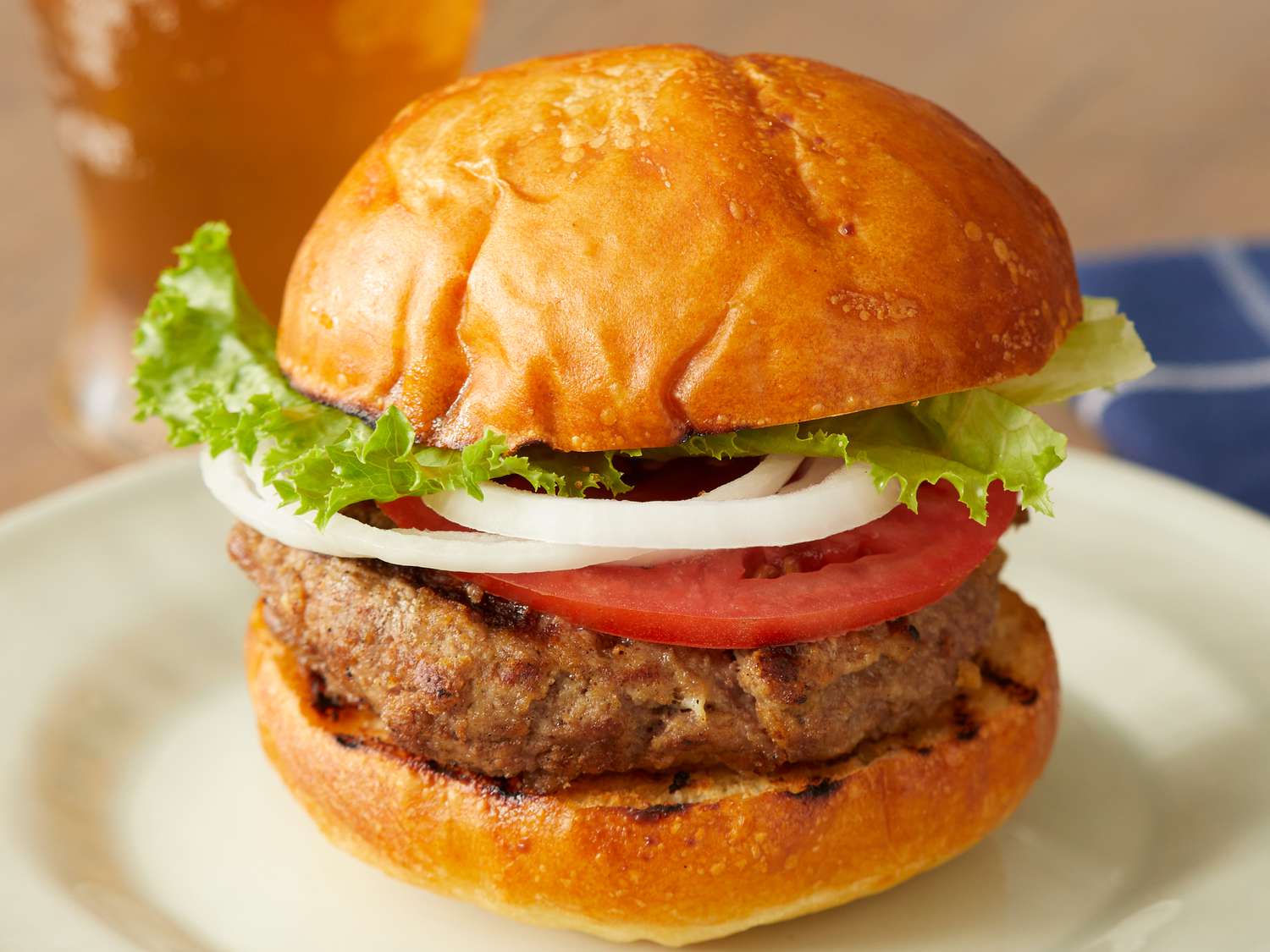Grilling a Whole Pig: A Guide to Perfectly Roasted Pork
Grilling a whole pig is a time-honored tradition that brings people together for a delicious feast. Whether you’re hosting a backyard barbecue or planning a special event, roasting a whole pig is sure to impress your guests and create lasting memories. If you’re new to the art of pig roasting, fear not! With the right equipment, preparation, and technique, you can achieve succulent, flavorful pork that will have everyone coming back for seconds.
Choosing the Right Pig
Before you begin, it’s essential to select the right pig for roasting. Look for a pig that weighs between 50 and 120 pounds, as this size is ideal for grilling and ensures even cooking. Additionally, choose a pig that has been properly dressed and cleaned, with the hair removed and the internal organs removed. Many local farms or butcher shops can provide you with a whole pig that meets these criteria.
Preparation and Seasoning
Once you have your pig, it’s time to prepare and season it for the grill. Start by scoring the skin with a sharp knife to help the fat render and the skin to crisp up during cooking. Next, create a flavorful seasoning rub using a combination of salt, pepper, garlic, paprika, and any other herbs and spices of your choice. Rub the seasoning all over the pig, ensuring that it is evenly coated inside and out.
Setting Up the Grill
Grilling a whole pig requires a large, sturdy grill that can accommodate the size and weight of the pig. If you don’t already own a grill big enough for a whole pig, consider renting one or enlisting the help of a friend or neighbor who has a suitable grill. Once you have the grill, set it up for indirect heat cooking by placing the charcoal or wood chips on one side of the grill and leaving the other side empty. This setup allows the pig to cook slowly and evenly without direct heat underneath.
Cooking Process
Before placing the pig on the grill, secure it in a roasting rack or use trussing to keep it in place. Once the grill is preheated to the proper temperature, carefully place the pig on the empty side of the grill, positioning it so that the skin side is facing up. Close the lid of the grill and let the pig cook low and slow for several hours, periodically checking the temperature and adding more charcoal or wood chips as needed to maintain a consistent heat level.
Monitoring the Temperature
It’s crucial to monitor the internal temperature of the pig throughout the cooking process to ensure that it reaches a safe temperature for consumption. Use a meat thermometer to check the temperature in the thickest part of the pig, aiming for a reading of 180°F to 190°F for tender, juicy meat. This slow-roasting method allows the pig to cook to perfection, with the skin turning crispy and the meat becoming tender and flavorful.
Resting and Serving
Once the pig has reached the desired temperature, carefully remove it from the grill and allow it to rest for at least 30 minutes before carving. This resting period allows the juices to redistribute throughout the meat, resulting in a more succulent and flavorful final product. When it’s time to serve, gather your guests around as you carve and plate the perfectly roasted pig, savoring the aroma and sizzling sound as you reveal the tender, smoky meat.
Grilling a whole pig is a labor of love that yields a delicious reward. With the right preparation, seasoning, and cooking technique, you can create a show-stopping centerpiece for any gathering. So, fire up the grill, gather your friends and family, and get ready to enjoy the ultimate feast with a perfectly grilled whole pig.
Was this page helpful?
Read Next: How To Grill Barbeque Squirrel
